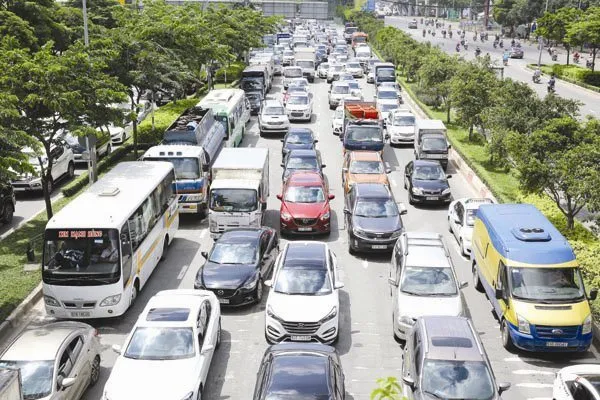
The draft decision of the Prime Minister regulating the roadmap for applying national technical regulations on vehicle emissions in road traffic has just been sent by the Ministry of Agriculture and Environment to the Ministry of Justice for appraisal.
Accordingly, the application of standards is based on the year of manufacture and the area of vehicle circulation.
For cars manufactured before 1999, level 1 continues to apply. Levels 1 to 5 are specified in the National Technical Regulation on emissions from cars participating in road traffic issued by the Ministry of Agriculture and Environment (QCVN 85:2025/BNNMT).
Cars manufactured from 1999 to the end of 2016 apply level 2. Cars manufactured from 2017 apply level 3 from January 1, 2026.
Particularly for cars participating in traffic in Hanoi and Ho Chi Minh City manufactured from 2017, level 4 will be applied from January 1, 2027. The basis for this regulation is Decision No. 49/2011/QD-TTg stipulating that newly manufactured, assembled and imported cars must apply Euro 4 emission standards from 2017 and Euro 5 from 2026.
For cars manufactured from 2022 onwards, level 4 will apply from January 1, 2026; level 5 will apply from January 1, 2030. Particularly for cars participating in traffic in Hanoi and Ho Chi Minh City manufactured from 2022, level 5 will apply from January 1, 2028. This regulation is based on Decision No. 49/2011/QD-TTg on applying Euro 5 to new cars from 2022 and Decision No. 19/2024/QD-TTg on applying Euro 5 to newly imported and manufactured, assembled cars, and level 4 to used imported cars from 2025.
In general, in Hanoi and Ho Chi Minh City, from January 1, 2030, all cars participating in traffic in the area must meet emission regulations from level 2 or higher.
Although the application of the new roadmap requires investment costs and adjustments in the legal system, the drafting agency believes that due to the long preparation time and the implementation of automobile inspections being in order with existing inspection facilities, the negative impacts are significantly reduced.
In the long term, this regulation will not only help improve air quality but also promote the development of the “green” automobile industry, contributing to the energy transition and sustainable development.
Source: https://www.sggp.org.vn/du-kien-tu-2030-o-to-luu-thong-tai-tphcm-va-ha-noi-phai-dat-chuan-khi-thai-muc-2-tro-len-post809285.html


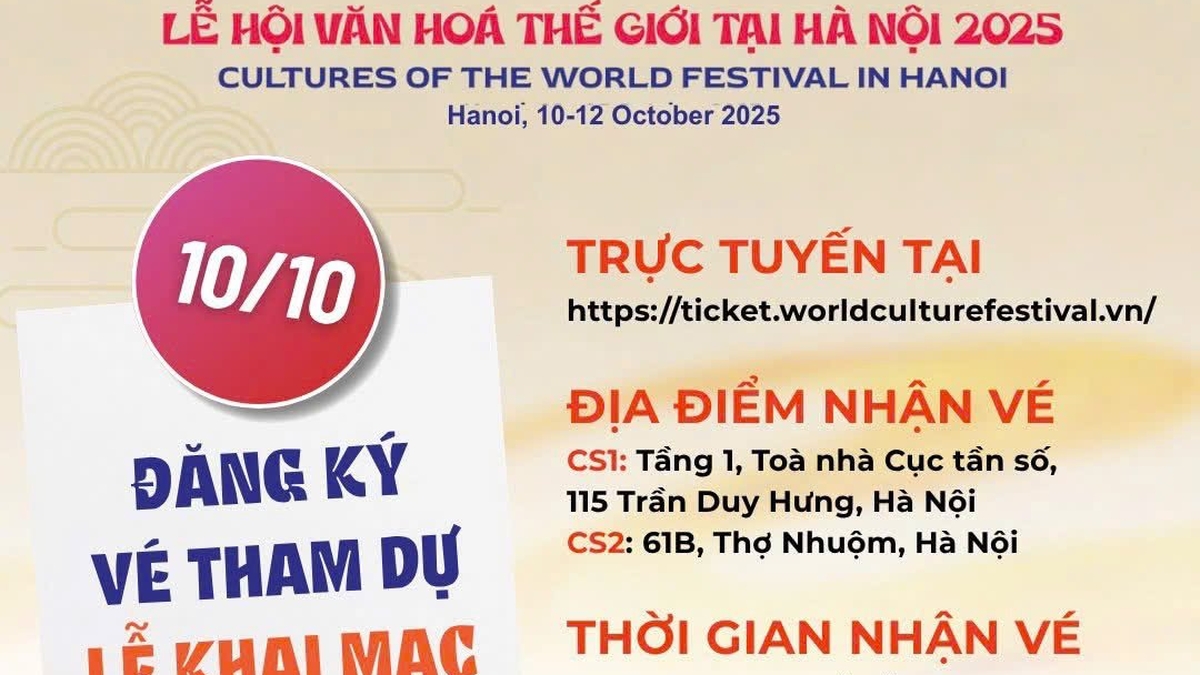
![[Photo] Prime Minister Pham Minh Chinh chairs a meeting of the Government Standing Committee on overcoming the consequences of natural disasters after storm No. 11](https://vphoto.vietnam.vn/thumb/1200x675/vietnam/resource/IMAGE/2025/10/09/1759997894015_dsc-0591-jpg.webp)

![[Photo] General Secretary To Lam visits Kieng Sang Kindergarten and the classroom named after Uncle Ho](https://vphoto.vietnam.vn/thumb/1200x675/vietnam/resource/IMAGE/2025/10/09/1760023999336_vna-potal-tong-bi-thu-to-lam-tham-truong-mau-giao-kieng-sang-va-lop-hoc-mang-ten-bac-ho-8328675-277-jpg.webp)
![[Photo] President Luong Cuong attends the 80th Anniversary of the Traditional Day of Vietnamese Lawyers](https://vphoto.vietnam.vn/thumb/1200x675/vietnam/resource/IMAGE/2025/10/09/1760026998213_ndo_br_1-jpg.webp)








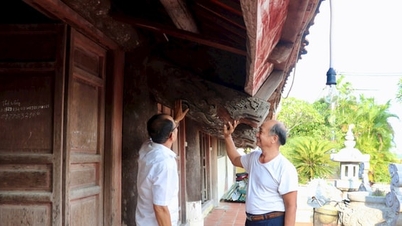






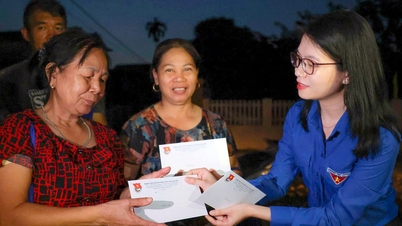
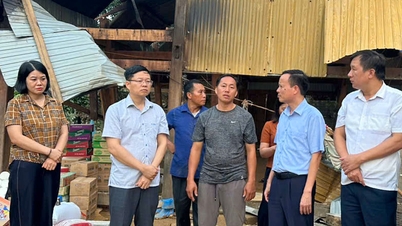




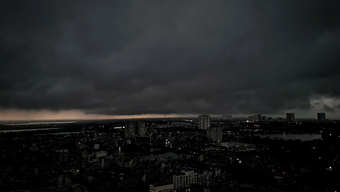


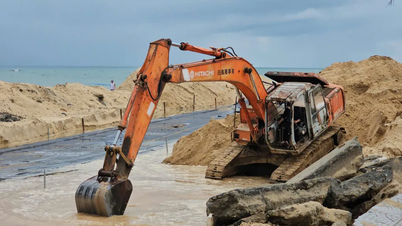





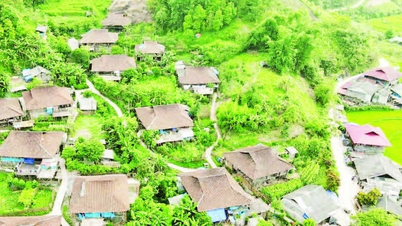

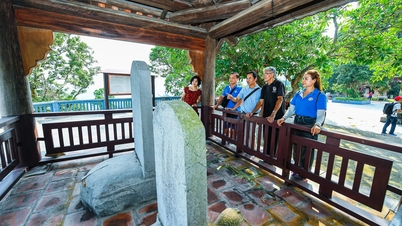






































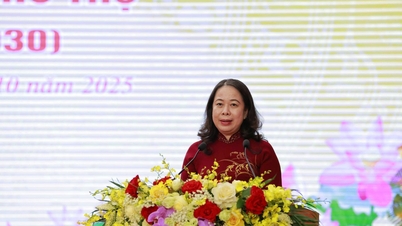

















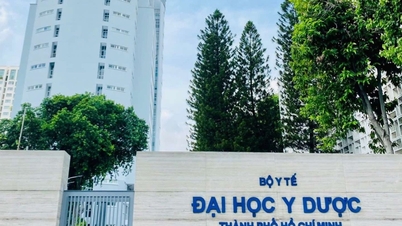






Comment (0)